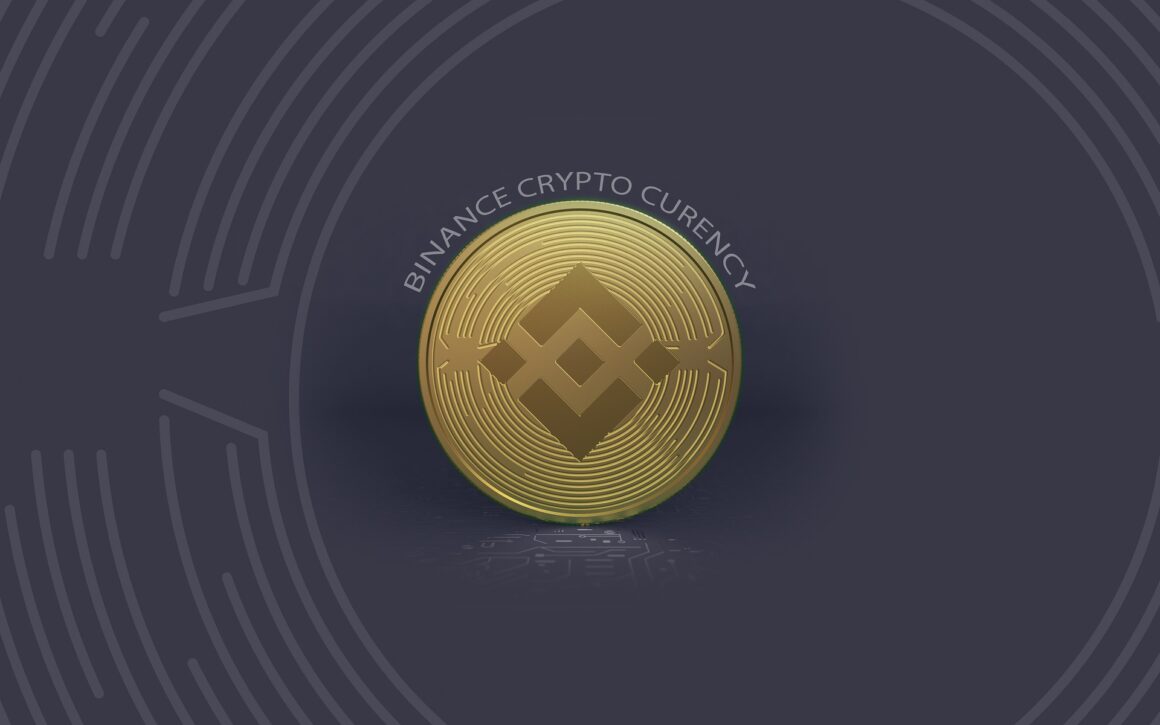Binance has grown to become the largest cryptocurrency exchange in the world, with hundreds of token listings and many transaction types accessible in over 180 countries.
Binance, which was created in July 2017 by Changpeng Zhao, often known as CZ, intends to accelerate its growth by expanding into new markets and introducing new features.
“Binance today is more than a cryptocurrency exchange. It is a full crypto ecosystem,” CZ said. “Besides Spot, Futures, et cetera, we also have Binance Pay, Trust Wallet, and Coinmarketcap. We also contribute to the BNB Chain, one of the world’s most active blockchains.”
Binance is currently concentrating its efforts on the Philippines. CZ regards the Philippines as “extremely important” because of developments in financial services, smartphone penetration, IT skill, and Filipino understanding of cryptocurrencies. According to CZ, the Philippines is on the rise in terms of fast development, generating an environment favorable to innovation.
“We want blockchain to be global,” CZ said.
Binance seeks regulatory permission, hires people, invests, educates, and donates when it enters a market, according to CZ.
“We work very closely with governments to either consult or help shape the regulations by giving our best practices, feedback, and know-how from the industry perspective,” CZ stated regulatory assistance.
According to CZ, only around 5% of a population of 100% users of new technology are early adopters, with the other 95% being normal consumers or mass adopters. According to CZ, 95 percent of the populace trusts licensed and regulated systems, resulting in broad use.
CZ, on the other hand, warns that regulation does not ensure a company’s success. According to CZ, regulation may reduce – but not eliminate – hazards while increasing consumer and investor safety.
“Regulations will probably come with a level of disclosure requirements, educational requirements, and risk warning requirements that should ideally help reduce these types of risk,” CZ added.
Determine the appropriate level of regulation to help reduce risk while fostering innovation.
CZ said that they are looking for partners in the Philippines to participate in fintech and help banks in migrating to the web3. They want to create a collaborative environment and show potential partners how these technologies may be used.
“The third thing we do is investments, and that is investing in and out of the crypto industry.” CZ has said that they have done well with their crypto investments in the previous few years and will continue to do so. “In addition to bitcoin, Binance has investments in several enterprises.” Two examples are their stakes in Twitter and Forbes.”
“There is a core thought process there; we want to invest in one or two firms in each of the economy’s key areas.” When we invest, we may be a minority investor, but our goal is to get them to the web3, blockchain, crypto, and so on.”
Although the term “Web3” has become a buzzword in the IT industry, it was coined in 2014 by Gavin Wood, Ethereum’s co-founder. Web3 is a new blockchain-based web version that promotes decentralization and tokens. It gained traction in 2021, at a period of high popularity for cryptocurrencies and non-fungible tokens (NFTs).
If you’re curious, Web2 refers to the current era of user-generated content. This is all about sharing online material, such as movies and images, across various social media platforms and engaging in online communities.
“I believe strongly that using blockchain and cryptocurrencies can give new business models that weren’t available before, like micropayments, NFTs, tokenizing content, and tokenizing different interactions,” CZ said while addressing investing and cooperating with local enterprises. “So, we want to explore the newer models, including NFTs for content, NFTs for art, and stuff like that.”
“If they succeed, they will have a competitive advantage over their peers in that sector. And that would put pressure on their peers to enter the web3 arena. And then, when they all do, our industry gets bigger, and that benefits us.”
The Internet of Things is defined by concepts such as Web3, NFTs, crypto, and blockchain. These technologies are still in their infancy, and specific definitions are being worked out. People who are new to cryptocurrencies are also more prone to scam and make impulsive decisions (usually when their crypto investment has gone down). Binance offers educational courses via Binance Academy and Binance Masterclass to help raise awareness.
Binance Academy provides online blockchain and cryptocurrency courses, whilst Binance Masterclass focuses on blockchain development in more depth. According to CZ, Binance has taught over 600,000 people in its Masterclass program, which was an on-site course before the outbreak. It is now available on the internet. Binance Academy and Binance Masterclass are both available for free.
“We are also launching a Binance Scholarship,” CZ added. “We help kids get into universities, with the only additional requirement is they need to pass a blockchain test. We want to promote education on a blockchain front.”
CZ expands on the Scholarship by emphasizing Binance’s internship and professional engagement with institutions. Binance would like to welcome them back to the company after their internships and graduation.
“So far, Binance is working with three universities, one in Italy and two in France, with intentions of expanding across Europe,” CZ said. “Binance is engaging with universities in Asia for the education program.
Returning to the Philippines, CZ refused to make any promises about when their initiatives in the country will be expanded owing to several external variables beyond their control. CZ, on the other hand, feels that the adjustments can be implemented within a few months.
The post Binance plans to expand into more countries appeared first on NFT News Pro.
